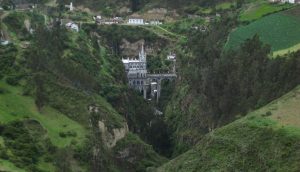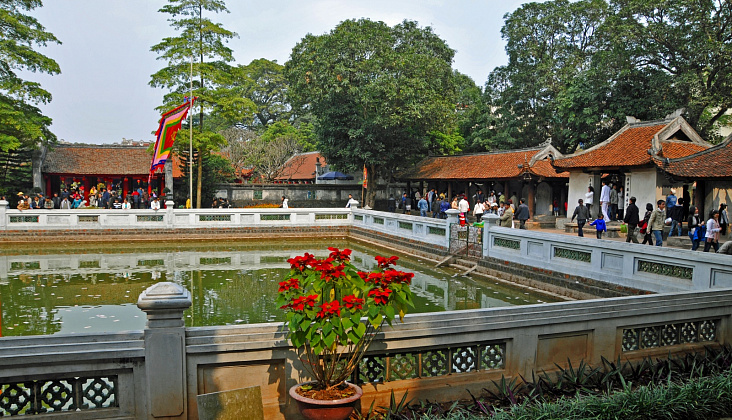Colombia is a state in northwestern South America.
 SHOPPING
SHOPPING
Colombian textile industry is widely recognized and reputable in South America and Europe. Clothing (including underwear) – has high quality and affordable prices. Leather clothing, shoes and accessories are also of interest to foreigners. The best place to shop is the city of Medellín, known as the fashion capital of Colombia, where you can buy very high quality goods at very low prices.
Shopping on the island of San Andres (duty free zone): perfumes, electronics and elite alcoholic beverages; in Cartagena: ritual masks, musical instruments, clay products, miniature shiva buses; in Cartagena and Bogota: gold and silver jewelry with emeralds, high-quality textile products, aromatic Colombian coffee (“Oma” and “Juan Valdez”).
If you do not want to buy anything, just say Gracias (Gracias – thanks) and wave your hand evasively – this will restrain the ardor of potential sellers.
SEA AND BEACHES
Colombia is the only country in South America that is washed by the Pacific Ocean and the Caribbean Sea. The beaches of the Pacific coast are less popular with tourists.
The island of San Andrés is one of the best resort areas of the Caribbean, with the island’s natural beauty and charm largely untouched. Turquoise waters, extensive coral reefs and rich marine life are a haven for scuba diving.
HISTORY OF COLOMBIA
The lands of modern Colombia were settled in the XV century BC, as evidenced by archaeological excavations. Before colonization, 2 million Indians lived in the area. The most numerous were the Muisks (Chibcha) who inhabited the Cundinamarca Plateau.
Colonization of the territory of modern Colombia refers to the time after the discovery of America by Christopher Columbus. First, the Spaniards began to colonize the Caribbean coast, but the attempt failed. The second attempt was also unsuccessful. However, in 1525, the Spaniards still managed to create the first city of Santa Marta. In 1536 a detachment of conquistadors moved from Santa Marta deep into the territory under the leadership of Gonzalo Jimenez de Quesada. In battles with the Indians, the conquistadors lost 3/4 of the squad, but they nevertheless reached the lands of the Muisks and conquered them was not difficult. August 6, 1538 Jimenez de Quesada founded the city of Santa Fe de Bogota. Sebastian de Belalcazar also participated in the conquest of the land. He founded the cities of Popayan and Cali in 1536. The King of Spain appointed Belalcazar as head of the Cauca Valley territory, and Quezada became the governor of New Granada — this name gave Quesada the conquered territory.
The conquest of the provinces of Anserma and Quimbaya in 1539-1540. carried captain Jorge Robledo. He also carefully described the provinces of Colombia, their conquest by the Spaniards, the customs of the local Indians, various languages and words from them chronicler Cieza de Leon, Pedro, as well as the researcher of the civilization of Chibcha Simon, Pedro.
In 1549, New Granada received audiencia status in subordination to the viceroy of Peru. Later, in the framework of the same vice-kingdom, the captaincy was created with its capital in Bogota. In 1718, New Granada became the vice-kingdom (this status was liquidated in 1723, restored in 1740). The territory of modern Ecuador, Venezuela and Panama also became part of the new vice-kingdom. The Spaniards belonged to all the fertile lands, but agriculture was a secondary matter for them. They were interested in mining emeralds, gold and salt. Education then was administered by the church and was available only to children of the nobility. Literate were 5% of the population.
The struggle for independence began at the end of the XVIII century. In 1781, an armed uprising of mestizo and creoles occurred, spreading throughout the country. The uprising was crushed with difficulty. In 1809, Napoleon invaded Spain. On July 20, the creole elite proclaimed the self-government of New Granada. July 20 is considered the day of independence of the country.
In 1815, numerous detachments of Spaniards were sent to New Granada to restore order. In 1819, the Spaniards were defeated by Simon Bolivar at the Battle of Boyaca. Great Colombia was proclaimed, which in addition to present-day Colombia included modern Venezuela, Panama and Ecuador. In 1830, Venezuela and Ecuador separated.
In 1832, after the death of Bolivar Santander was elected president. He contributed to the development of finance and education, and he managed to maintain internal stability, but in 1839 a civil war broke out in the country, which lasted until 1842. Two parties have emerged in the country – the Liberal and the Conservative.
In 1845, Thomas Cipriano de Mosquera y Arboleda, who was a member of the Conservative Party, was elected president of the country. Under his rule, finances were streamlined, new roads were built, and shipping developed. In 1849, Liberal José Hilario Lopez won the election.




